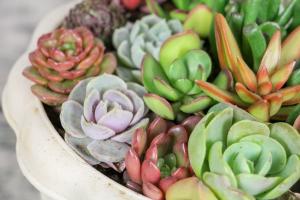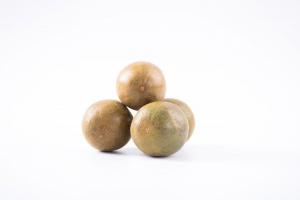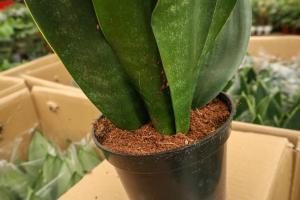How Often to Water Pea Plants
Pea plants require consistent and appropriate watering to grow and produce healthy crops. However, watering them too much or too little can be detrimental to their growth and development. This article provides guidelines on how often to water pea plants to ensure they receive the right amount of moisture.
Factors Affecting Pea Plant Watering
Before discussing how often to water pea plants, it's essential to consider the factors that can affect their watering needs. The following factors can influence the amount of water pea plants require:
Soil type - the texture and structure of the soil can influence how well it retains moisture and how often it needs watering.
Climate - the temperature, humidity, and rainfall in your location can influence the amount of water pea plants require.
Pea plant variety - different pea plant varieties can differ in their water requirements, and this may depend on their growth habits and maturity rates.
When to Water Pea Plants
It's best to water pea plants in the morning around the base of the plant to allow the soil to absorb the moisture before the sun rises and temperatures rise. Avoid watering your plants during the hottest part of the day or at night, as this can cause the plants to develop fungal diseases or attract pests.
If you notice your pea plants wilted or have drooping leaves, it's a sign that they need watering. However, it's essential to check the soil moisture level to avoid overwatering, which can lead to root rot and waterlogging. The soil should be moist but not soggy, and the top-inch of soil should be dry before watering again.
How Often to Water Pea Plants
The frequency of watering pea plants will depend on the factors mentioned earlier. However, the general rule of thumb is to water them once or twice a week, providing about an inch of water, which is enough to moisten the soil to a depth of six inches. If the soil is dry after this period, you may need to increase the frequency of watering. If it's still wet, reduce the number of times you water.
During hot weather or drought periods, you may need to water your pea plants more frequently. In such cases, it's essential to check the soil moisture level regularly and water when it's dry. Additionally, applying a layer of mulch around the plant's base can help retain moisture in the soil and reduce the need for frequent watering.
Conclusion
Proper watering is crucial for the growth and development of pea plants to produce healthy crops. Understanding the factors that influence their watering needs and how often to water them can help ensure that your plants receive the right amount of moisture. Remember to check the soil moisture level regularly and adjust the frequency of watering based on the weather conditions and plant needs.

 how many times do yo...
how many times do yo... how many planted tre...
how many planted tre... how many pine trees ...
how many pine trees ... how many pecan trees...
how many pecan trees... how many plants comp...
how many plants comp... how many plants can ...
how many plants can ... how many plants and ...
how many plants and ... how many pepper plan...
how many pepper plan...

































